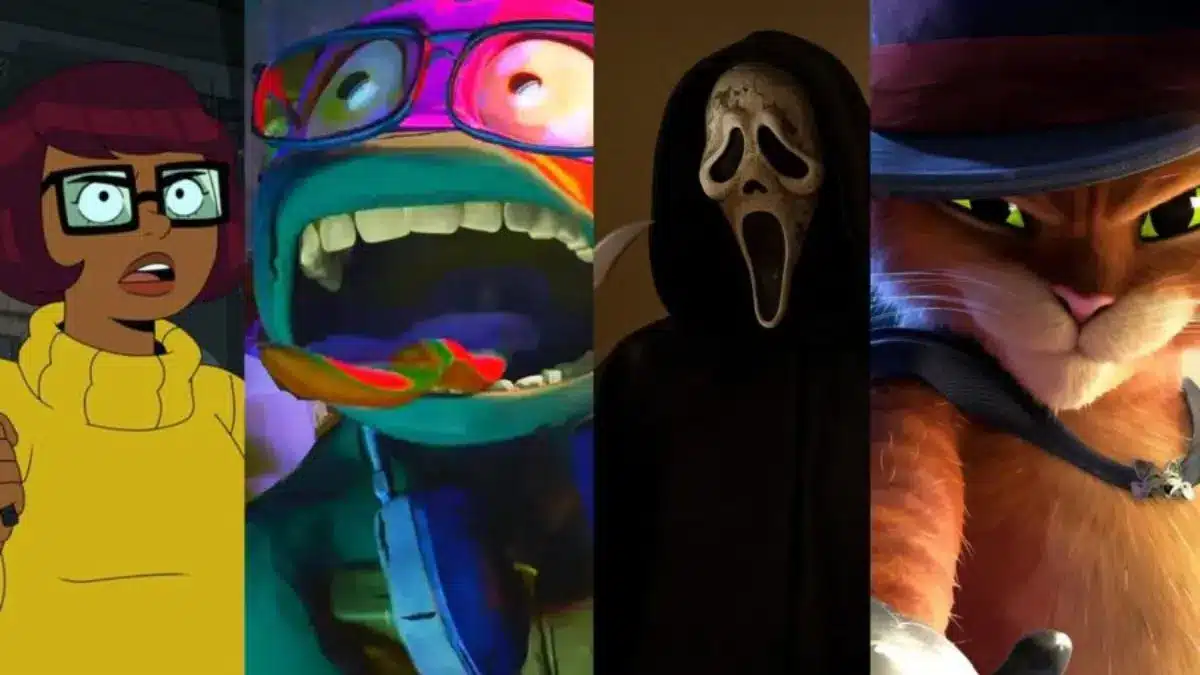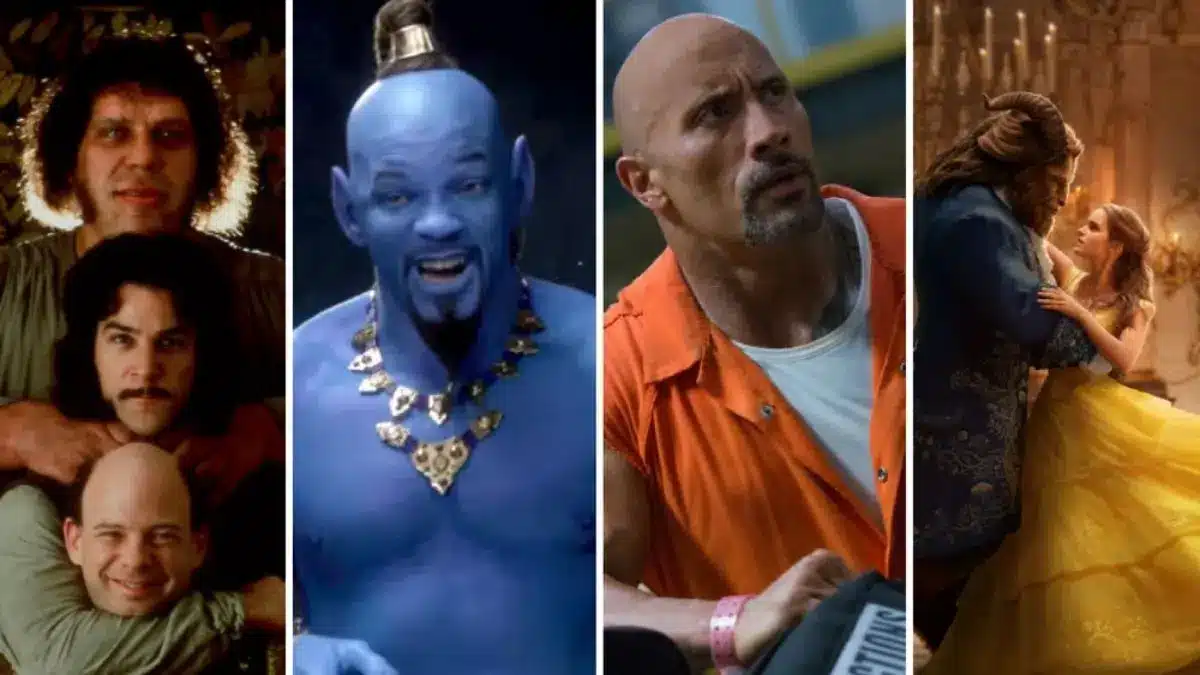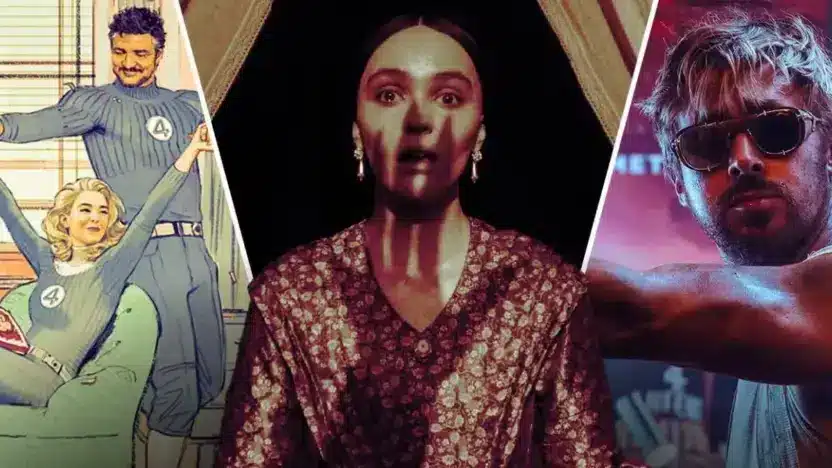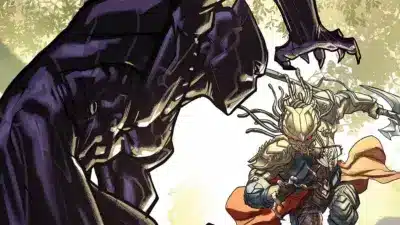In recent years, Hollywood and the entertainment industry have been obsessed with reboots, remakes, and revivals. From classic TV shows to beloved movies, it seems like every iconic story is getting a second chance. But as the trend continues, many fans are starting to wonder: when do reboots and remakes lose their magic? Why do some succeed while others fall flat? Let’s dive into the reasons behind this phenomenon and explore why not every reboot or remake hits the mark.
The Nostalgia Factor: A Double-Edged Sword
Nostalgia is a powerful emotion. It can make us feel connected to our past, reminding us of simpler times or cherished memories. This is why studios often rely on nostalgia to sell reboots and remakes. They bank on the idea that fans will flock to see their favorite characters and stories brought back to life.
But here’s the catch: nostalgia alone isn’t enough. While it might draw audiences in initially, it won’t keep them engaged if the new version doesn’t bring something fresh to the table. For example, the 2016 Ghostbusters reboot sparked controversy not because it was bad, but because it failed to capture the charm and wit of the original. Nostalgia can only take you so far—it’s the execution that matters.
The Risk of Over-Saturation
Let’s face it: there are only so many times you can revisit the same story before it starts to feel stale. The entertainment industry has been churning out reboots and remakes at an alarming rate, and audiences are starting to feel the fatigue. How many times can we watch Spider-Man’s origin story or see another version of The Lion King?
Over-saturation dilutes the impact of these stories. What once felt special and unique becomes just another entry in a long list of retellings. This is why some reboots fail to resonate—they don’t stand out in a sea of similar content.

The Challenge of Modernizing Classics
One of the biggest challenges of reboots and remakes is modernizing a story without losing its essence. Updating a classic for a new generation can be tricky. Change too much, and you risk alienating the original fanbase. Change too little, and the story might feel outdated or irrelevant.
Take Charlie’s Angels (2019), for example. The reboot tried to inject a modern feminist twist into the story, but it struggled to find the right balance. While the intentions were good, the execution felt forced, and the movie failed to connect with audiences. Modernizing a classic requires a delicate touch—one that honors the original while still feeling fresh and relevant.
The Pressure to Live Up to the Original
Reboots and remakes often face an uphill battle when it comes to comparisons. Fans of the original will inevitably compare the new version to the one they know and love. This can create unrealistic expectations and put immense pressure on the creators.
For instance, the 2017 remake of It was widely praised for its modern take on the horror classic. However, even with its success, some fans still preferred the 1990 miniseries, particularly Tim Curry’s iconic portrayal of Pennywise. When a reboot or remake fails to live up to the original, it can feel like a missed opportunity—or worse, a betrayal of the source material.
The Lack of Originality
One of the most common criticisms of reboots and remakes is the lack of originality. Audiences crave new stories and fresh ideas, but the constant recycling of old content can feel lazy and uninspired. Why revisit an old story when there are so many untapped ideas waiting to be explored?
This is why some reboots and remakes fail to capture the magic of the original—they don’t bring anything new to the table. Instead of reimagining the story or exploring new angles, they simply rehash what’s already been done. This lack of creativity can leave audiences feeling underwhelmed and disinterested.
When Reboots and Remakes Get It Right
Of course, not all reboots and remakes are doomed to fail. When done right, they can breathe new life into a beloved story and introduce it to a whole new generation. Take Mad Max: Fury Road (2015), for example. The film honored the spirit of the original while delivering a fresh, adrenaline-fueled experience that wowed both critics and audiences.
Similarly, Cobra Kai, the TV sequel to The Karate Kid films, has been praised for its clever storytelling and deep respect for the source material. It doesn’t just rely on nostalgia—it expands on the original story, adding depth and complexity to the characters and their relationships.

The Bottom Line: Respect the Source Material
At the end of the day, the success of a reboot or remake comes down to one thing: respect for the source material. Fans don’t want to see their favorite stories butchered or turned into something unrecognizable. They want to feel that same magic they felt when they first experienced the original.
When creators approach reboots and remakes with care, creativity, and a genuine love for the source material, they have the potential to create something truly special. But when they rely solely on nostalgia or fail to bring anything new to the table, the magic is lost.
Final Thoughts
Reboots and remakes aren’t going anywhere anytime soon. They’re a staple of the entertainment industry, and when done right, they can be a wonderful way to revisit old favorites. But as audiences become more discerning, creators will need to step up their game. It’s not enough to simply rehash an old story—you have to make it worth watching.
So, the next time you hear about a reboot or remake, ask yourself: does it bring something new to the table? Does it honor the original while still feeling fresh and relevant? If the answer is yes, then it just might be worth your time. If not, well… maybe it’s time to let the magic of the original live on.
Also Read: Gandalf or Dumbledore: Who Is the Ultimate Wizard?



